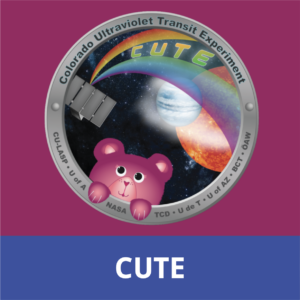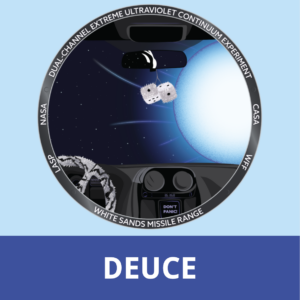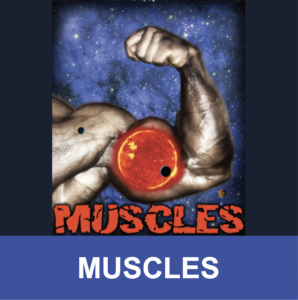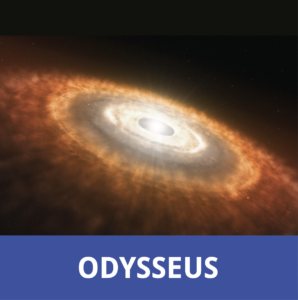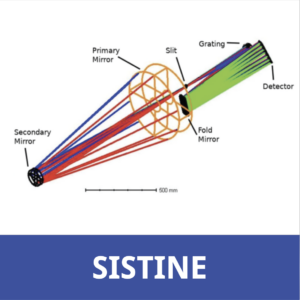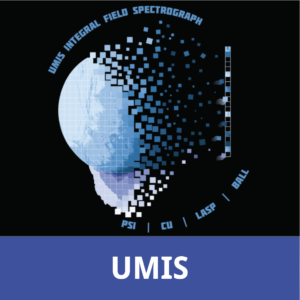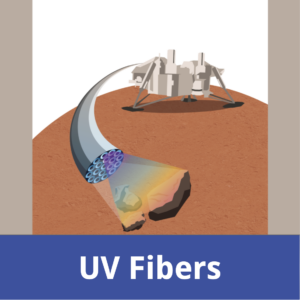CHESS – Colorado High-resolution Echelle Stellar Spectrograph
CHESS is a sounding rocket payload that studies interstellar medium, the matter between stars.
CUTE – The Colorado Ultraviolet Transit Experiment
The Colorado Ultraviolet Transit Experiment (CUTE) is a 4-year, NASA-funded project to design, build, integrate, test, and operate a 6-unit CubeSat
DEUCE – The Dual-Channel Extreme Ultraviolet Continuum Experiment
DEUCE aims to directly measure the amount of Lyman continuum (LyC) radiation that is being produced by early B stars in the Milky Way.
ESCAPE – The Extreme-ultraviolet Stellar Characterization for Atmospheric Physics and Evolution
The ESCAPE mission aims to find environments beyond Earth’s solar system that might host planets with thick atmospheres to support life.
FUMES
INFUSE
MUSCLES
Extrasolar planets orbiting M dwarfs may represent our best chance to discover habitable worlds in the coming decade. The ultraviolet spectrum incident upon both Earth-like and Jovian planets is critically important for proper modeling of their atmospheric heating and chemistry. In order to provide a more realistic input for atmospheric models of planets orbiting low-mass stars, MUSCLES acquired ultraviolet and X-ray observations of 8 M dwarf and 4 K dwarf exoplanet host stars using the Hubble Space Telescope, the Chandra X-ray Observatory, and XMM-Newton.
Odysseus
Outflows and Discs
SISTINE
The SISTINE Instrument is an f/14 Cassegrain telescope with a focal length of 7,000 mm, which feeds an f/32 spectrograph.
SPRITE
The SPRITE CubeSat is a NASA-funded mission led by the University of Colorado that is designed to study how gas and dust is processed in galaxies by star-formation and supernovae, and how energetic ionizing radiation is transported from hot stars into the intergalactic medium between galaxies.
UMIS Integral Field Spectrograph
The Ultraviolet Micromirror Integral-field Spectrograph (UMIS) is a joint LASP, Ball Aerospace and Planetary Science Institute project to use MEMS micromirror devices to “dissect” a telescope focal plane and reformat it into one dimension, thereby allowing spectroscopy without spectral confusion.
UV Fibers – Hollow-Core Fibers for the Far-Ultraviolet Regime
Fiber optics provide a great deal of capability for science instruments that can’t easily be replicated with mirrors or lenses. Fibers can re-organize a focal plane into arbitrary shapes, mix light sources from different lamps to provide specific illumination spectra, breakout signals to multiple detectors, combine signals from various instruments into a single detector, and many more.


